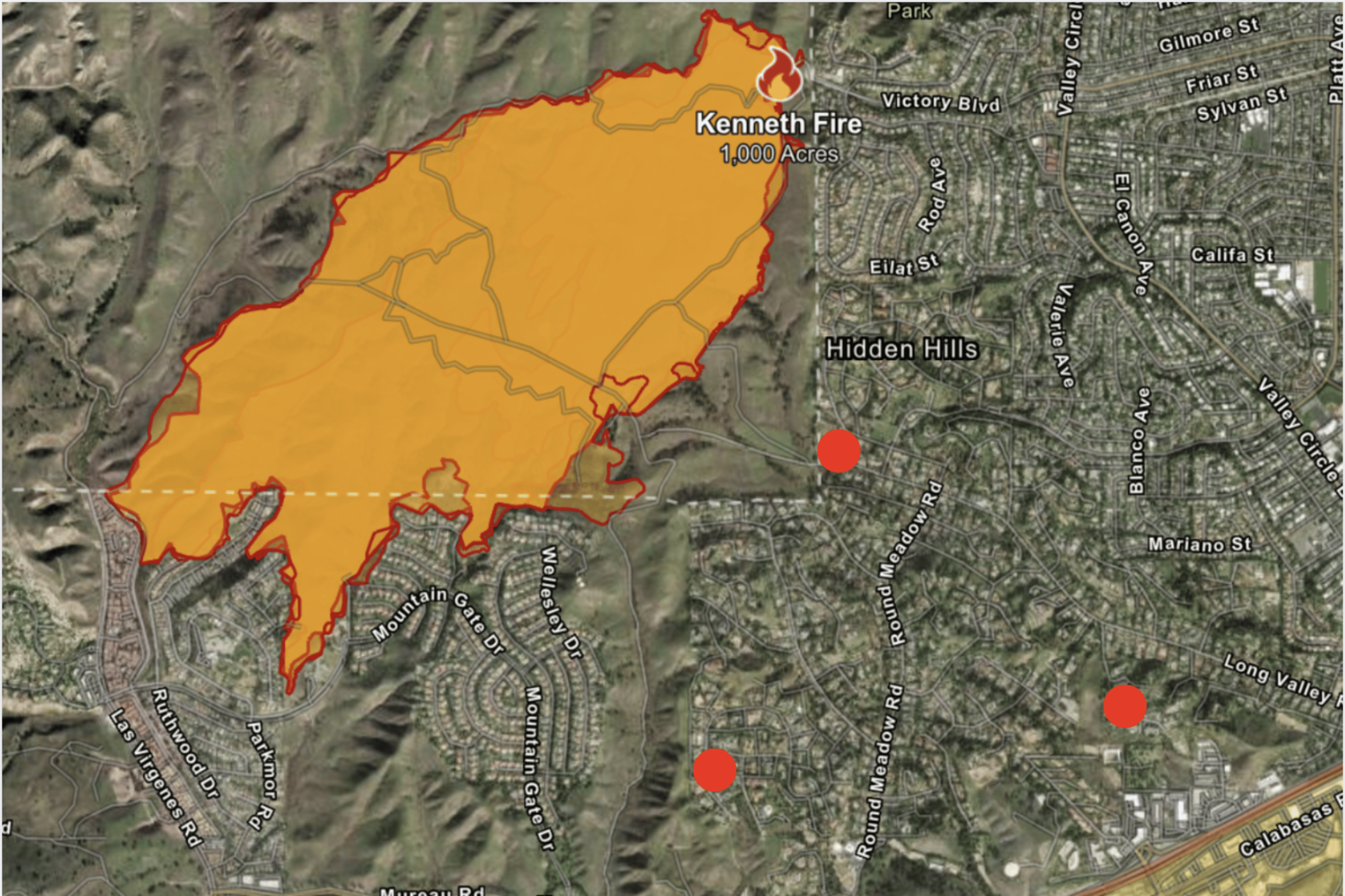A voters head to the polls on Election Day, Vice President Kamala Harris and former President Donald Trump are separated by razor-thin margins, both nationally and in the all-important swing states.
If the polls are accurate, then just a relatively small handful of votes could play a decisive role in who emerges victorious.
While Green Party candidate Jill Stein is unlikely to win the presidency, it has been suggested that Stein and the Green Party are siphoning votes that would likely have gone to Kamala Harris and the Democratic Party.
This is something the Democratic Party itself has accused Stein of in one of its campaign ads, which showed Stein's face morphing into Trump's, with the message: "A vote for Stein is really a vote for Trump."
But how exactly could Stein impact the Democratic Party's chances of winning? Newsweek has visualized Stein's potential impact in maps and charts.

In the 2016 election between Trump and Hillary Clinton, the latter narrowly lost out on two swing states—Michigan and Wisconsin.
In Michigan, Trump garnered 47.6 percent of the vote, Clinton 47.3, and Stein 1.1 percent.
In Wisconsin in 2016, Trump received 47.9 percent, Clinton 46.9 percent, and Stein 1.1. percent.
Theoretically, if those who voted for Stein had voted for Clinton, the then-Democratic nominee would have won both, though this would not have been enough to secure Clinton the presidency on its own.
With Trump and Harris now separated by a hair in Michigan and Wisconsin, the Stein vote could once again prove decisive this year.
As of early Friday, Harris is just 0.8 points ahead of Trump in Michigan. A recent AtlasIntel poll found Stein on two percent support.
In Wisconsin, Harris was only 0.6 points ahead of Trump, with Stein garnering one percent of the vote, per AtlasIntel's survey.
Absorbing the Green Party's portion of the votes would serve to consolidate Harris' shaky lead.
In 2016, the winner in Wisconsin was decided my a margin of only around 20,000 votes.
These states are also home to sizeable Muslim populations, many of whom back Stein over Harris due to the Biden administration's stance on Israel's war in Gaza.
For example, according to 2020 research by the Public Religion Research Institute (PRRI), four percent of Wayne County, Michigan's 1,749,000 residents were Muslim.
"The Democrats cannot win without the support of the Muslim American community. And that community has left the station and is not coming back unless the Democrats decide that it's more important to them to win the election than it is to conduct the genocide," Stein said in an interview with Newsweek.
A recent report from the Council on American-Islamic Relations (CAIR) found that Stein led Harris among this group in several swing states, including Michigan, Wisconsin, and Arizona. Stein led by 40-12, 44-49, and 35-29 respectively.
"These new survey findings make it clear that American Muslim voters have the potential to determine the outcomes in several key battleground states and that they are still up for grabs in the 2024 election," said CAIR government affairs director Robert S. McCaw in the report.
"Candidates running for office cannot afford to overlook the issues that matter most to Muslim Americans. Ignoring this community or taking their votes for granted could be a costly mistake, particularly in swing states like Michigan, Pennsylvania, Georgia, Arizona, Nevada and Wisconsin, where elections are often won by narrow margins."
Newsweek has contacted the Harris and Stein campaigns for comment via email.
Do you have a story we should be covering? Do you have any questions about the 2024 presidential election? Contact LiveNews@newsweek.com




















 English (US) ·
English (US) ·